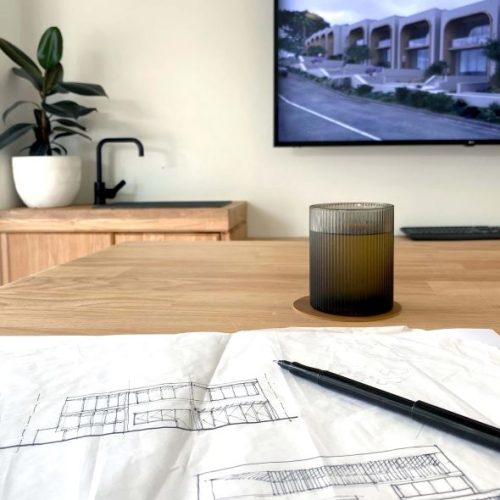Lorem ipsum…

Planning Practice:
Client Engagement and Needs Assessment:
The firm begins each project by engaging in detailed discussions with the client to understand their vision, goals, and requirements. This involves exploring the project’s functional needs, aesthetic preferences, budget constraints, and sustainability aspirations.
Site Analysis:
Before any design work begins, the firm conducts a thorough analysis of the project site. This includes studying site conditions, topography, climate, and contextual surroundings. The insights gathered during this phase inform design decisions that are sensitive to the local environment.
Conceptual Design:
The firm develops multiple design concepts based on the client’s brief and the site analysis. These concepts explore different spatial arrangements, material palettes, and design approaches. The firm collaborates closely with the client to refine these concepts and select the one that best aligns with the project’s goals.
Sustainability Integration:
Australian architecture places a strong emphasis on sustainable design due to the country’s unique environmental challenges. The firm incorporates sustainable practices such as passive design strategies, energy-efficient systems, water conservation, and use of locally sourced materials.
Regulatory Compliance:
The firm has a comprehensive understanding of Australian building codes, regulations, and planning permissions. They ensure that their designs comply with all legal requirements and obtain the necessary approvals before moving forward.
Technology and Visualization:
Advanced 3D modeling and visualization tools are used to bring design concepts to life. This allows the client to have a clear understanding of the proposed design and its spatial qualities before construction begins.
Collaboration and Coordination:
The firm believes in a collaborative approach. They work closely with structural engineers, MEP (mechanical, electrical, plumbing) consultants, landscape architects, and other relevant professionals to ensure all aspects of the project are well-coordinated.
Design Development:
Once the concept is finalized, the firm develops detailed architectural drawings and specifications. These documents outline construction details, material specifications, and technical requirements for the contractors.
Construction Administration:
The firm remains involved during the construction phase to ensure that the design intent is faithfully executed. They address any on-site challenges, provide clarifications to contractors, and ensure that the project progresses smoothly.
Post-Occupancy Evaluation:
After the project is completed, the firm may conduct post-occupancy evaluations to assess how well the design is functioning in practice and gather feedback from occupants. This information informs future design improvements.
Overall, ARCANARY follows a holistic and sustainable approach to design, focusing on client collaboration, site context, regulatory compliance, and the seamless integration of technology throughout the design and construction process.